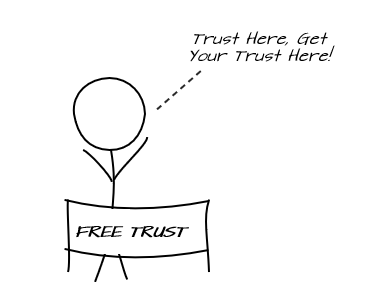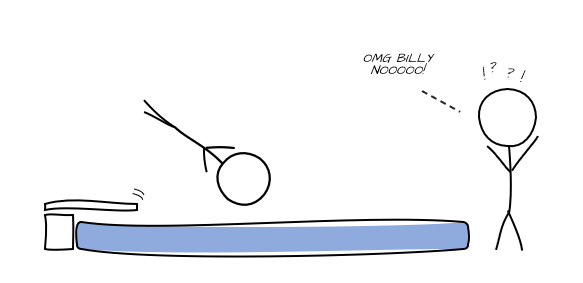Trust First
I am a firm believer that trust is the backbone of relationships, and without it, there is no way to become a high-performing team.
I’ve spent years honing my scientific, absolutely foolproof formula for creating trust within my teams.
I give it away for free.
You heard me right.
If a new person joins my team, and tells me that they can walk on water, I believe them without question; no demonstrated miracle required.
However, if they dive into a pool in front of me, they’ll have a little more explaining to do than where to find the towels.
Some of you may read this and think I’m being naïve, but this isn’t just boundless optimism. Let me break down the logic of this philosophy.
To reiterate, a table stake of becoming a high performing team is absolute trust. That means in order to reach the level of performance my teams and I expect from ourselves, we need to reach the top of the Trust Ladder.
So what’s the fastest way to the top?
In my experience 95% of people I have worked with in any capacity have been trustworthy. Gradually every relationship has worked its way up the Trust Ladder until it reached the top.
Translating movement up the Trust Ladder into a linear equation, this means that my colleagues have always had a positive trust coefficient.
Every interaction creates more incremental trust, and moves us up rungs on the Trust Ladder until we hit the top.
As a leader a big part of my role is getting my team to the top of that ladder so we can perform at our best.
If I want to get there quickly, it leaves me two options:
In a world where I know I’ll reach the top of the Trust Ladder with 95% of the people I work with, forcing my colleagues to gradually earn my trust sacrifices performance to protect against the negligible 5% risk that the relationship won’t work out.
I’d much prefer to start all relationships at the top of the ladder and let 5% slide down, than start everyone at the bottom and force 95% of people to climb up.
Enjoyed the read and want to share the perspective? Want to post a calculus proof that shows that setting an upper limit of Y = 100 on a simple linear equation is nonsense? Options below!




















